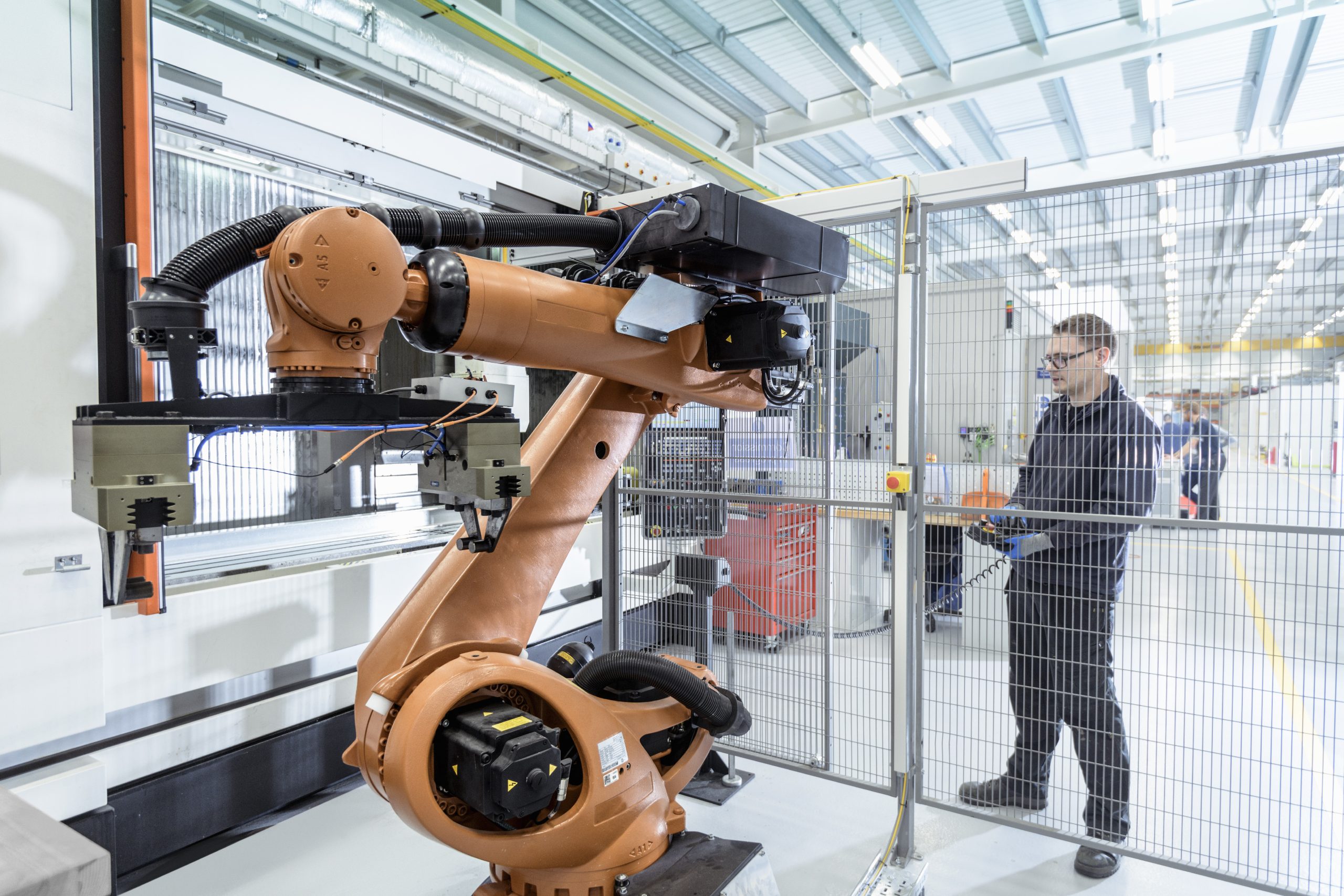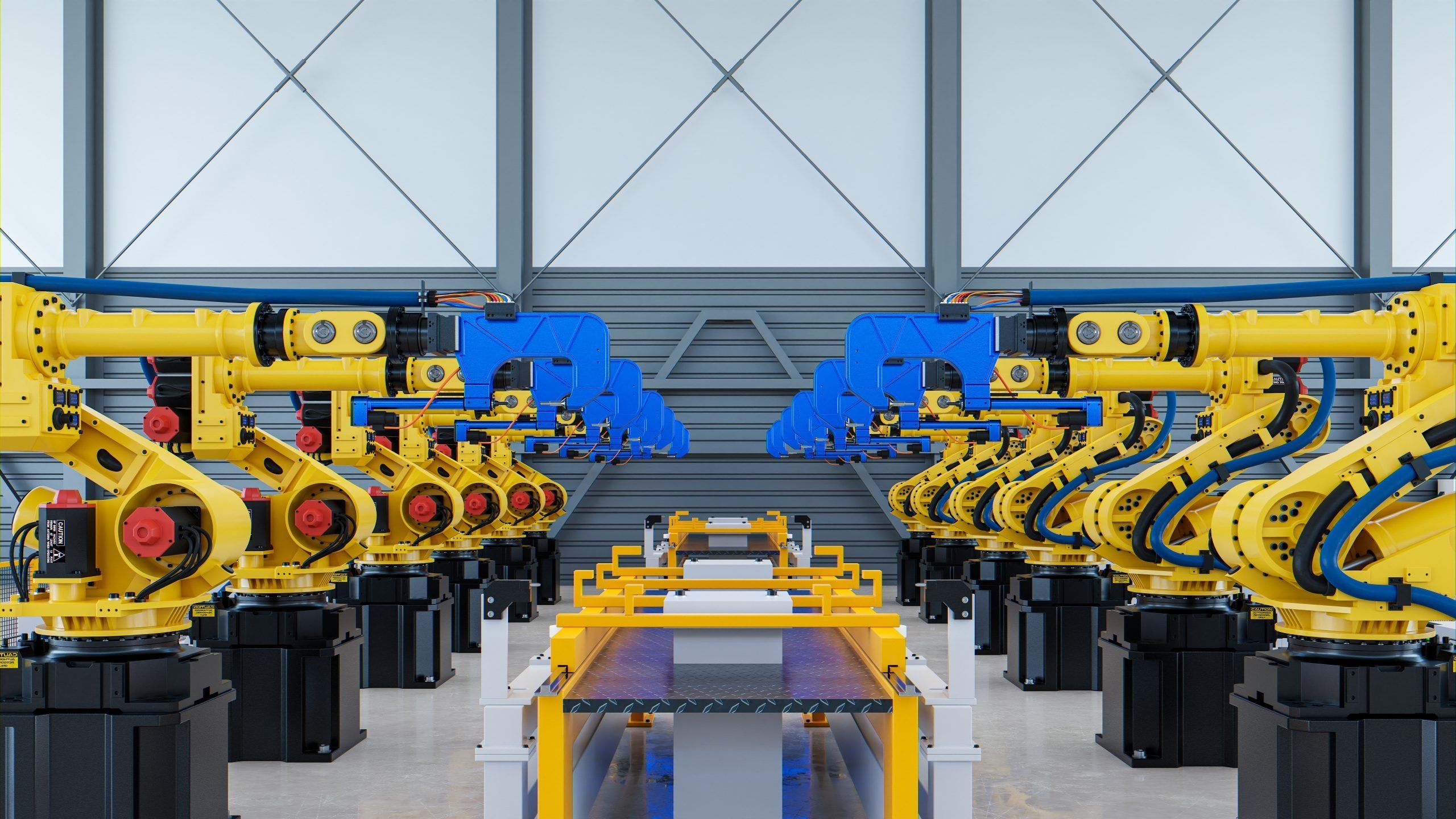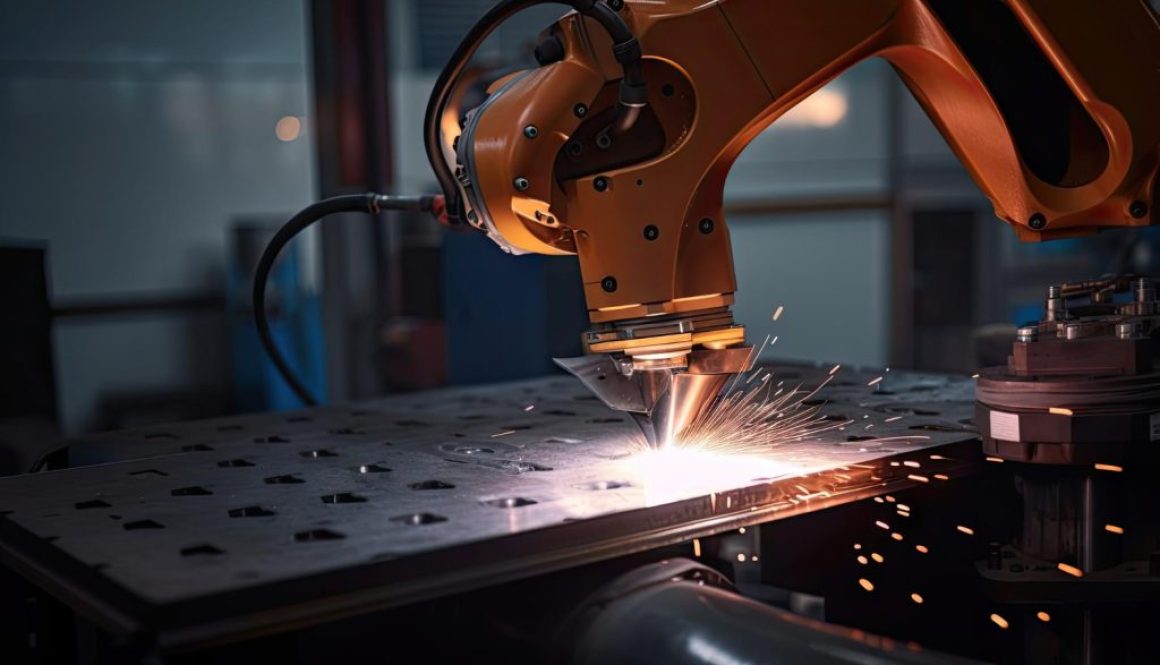Can Cobots Resolve Australia’s Welder Shortage?
With Weld Australia predicting that Australia will be short 70,000 welders by 2030, robotics companies are hoping to step in and help solve the skills gap by attracting Gen-Z with advanced welding technologies, including collaborative robots or cobots – small, flexible collaborative robots built to do tasks within a small footprint. The main beneficiaries would be small to medium sized businesses since larger industrial robots have been used for high-speed, heavy-duty welding for a long time and their size, safety and programming complexities mean they are generally inaccessible for small to medium sized production facilities. So, how can cobots fill the gap in Australia’s welding industry? Let us deep dive into this blog to find out.
Collaborative Benefits of Using Cobots

A cobot lowers the barrier to entry, potentially lowering the cost of safety devices to reduce machine risk, which ultimately also reduces the footprint of the machine. The smaller size of the cobots also means welders can more easily drive the robot by hand in order to teach them. Teaching a cobot, which resembles a giant arm, to do a TIG or MIG welding task is not as difficult as it seems – it is far easier than learning to weld. Traditionally, the problem has been having a combination of an experienced robot programmer who has minimal welding experience, and an experienced welder with minimal robot programming experience – cobots aim to bridge this gap.
In a typical setup, the welder would be the one programming the robot, setting up the jigs and running the robot until it is able to produce satisfactory results. From there the operator would then unload the completed parts and load in new pieces, locking in the jig and re-starting the robot. One welder might also be managing multiple robots and when there are new parts to weld, the welder then reprograms the cobot. The best practice to be followed is to teach the process experts how to use the robots and they can teach and adjust the cobot self-sufficiently.
Growth of Companies Using Cobots

Many Australian companies already use cobots to weld and perform other tasks such as machine tending, screwdriving, palletizing, pipe fabrication and materials handling. Cobot welding is one of the fastest-growing sectors, driven largely by the welder shortage in Australia now. The solution is particularly suitable for smaller SMEs and workshops that have high mix-low volume production and need more versatile options, as well as a level of independence in using their own personnel to adjust the robots rather than having to call in an engineer from a systems integrator. Regarding return on investment, it obviously varies according to application, and if it is welding, it also depends on the complexities and requirements for additional hardware/software. But commonly for Australia, the return on investment for customers has been reported to be on average approximately 1.5 years.
Closing Statement

It is clear that cobots may potentially resolve the welder shortage problem being faced in Australia, however there are other issues to consider in this regard. Welders need to be reassured that cobots will not take away their jobs, and in certain situations, it may be more beneficial to train welding apprentices than to invest in cobots. Thus, cobots are not a one-stop solution but a workaround to ensure that Australian heavy steel fabrication companies are not adversely impacted. Having said that, AI and robotics is poised to be the buzzword of the next decade – and the bandwagon is here to stay!

